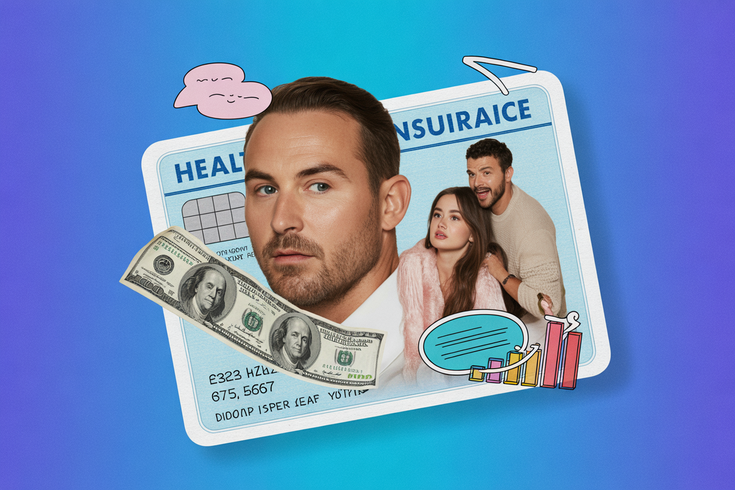Understanding Rising Employer-Sponsored Family Health Insurance Premiums in 2025
By Brandon StrazaIn 2025, families with employer-sponsored health insurance will experience a notable 6% increase in premiums. This change raises essential questions about financial planning and healthcare accessibility for many. To navigate these shifts, consider adapting your health insurance strategy by exploring cost-effective options, understanding benefits packages deeply, and communicating needs with employers.
Rising health insurance premiums matter significantly because they directly affect a family’s disposable income and overall financial well-being, especially amidst market fluctuations. As premiums rise, families might find themselves evaluating or even negotiating aspects of their health plans.
How to Navigate Rising Health Insurance Costs
Increasing costs of employer-sponsored family health plans present challenges but also opportunities for strategic adjustments. Understanding premium structures, evaluating benefits versus costs, and proactively engaging with HR departments can empower families to manage these hikes.
- Evaluate and Compare: Regularly review your insurance options to ensure you're getting adequate coverage at a competitive price.
- Strategize Savings: Use flexible spending and health savings accounts to manage out-of-pocket expenses effectively.
- Open Dialogue with Employers: Discuss rising costs with your HR department to explore potential employer contributions or alternative plans.
The Real Reason You're Facing Higher Premiums
The rise in health insurance premiums is not arbitrary but rooted in various economic and healthcare factors. Administrative costs, the rising prices of medical services, and increased demand for healthcare all play roles.
Statistics indicate healthcare spending is projected to grow consistently, driven by advancements in medical technology and an aging population, leading to higher costs that are inevitably passed on to consumers.
What Is an Employer-Sponsored Health Insurance?
Employer-sponsored health insurance is a health coverage policy selected and often partially paid for by an employer, offering benefits like group rates and comprehensive care options. It's essential to understand its scope and terms.
- Comprehensive Coverage: Covers a wide range of medical expenses, often including preventive care, leading to long-term health benefits.
- Cost Sharing: Employers typically share premium costs, making such plans more affordable than individual policies.
Employer-Sponsored vs. Private Health Insurance: What Works vs. What Doesn't
When debating between employer-sponsored and private insurance, weigh the benefits of group pricing and coverage scope against the flexibility and customization of private plans.
Comparison:
- Premiums: Generally lower with employer plans due to group discounts.
- Coverage Flexibility: Private plans often offer customizable coverage that can be tailored to personal health needs.
Why Understanding Your Insurance Is Critical in 2025
Many families overlook the nuances of their health insurance plans, making them vulnerable to unexpected costs. Regularly revisiting and understanding Policy Details can prevent financial strain.
- Review Annually: Ensure current plans align with evolving health needs and financial situations.
- Educate on Terms: Familiarize yourself with terms like deductibles, copayments, and coverage limits.
The 2025 Guide to Resilient Health Insurance Planning
To stay ahead of premium increases, implement proactive measures and prepare for different scenarios. This includes budgeting for healthcare expenses and possibly seeking professional advice for insurance optimization.
- Budget Effectively: Incorporate potential premium increases into your financial planning.
- Seek Professional Guidance: A financial advisor can offer personalized strategy tips to make insurance more cost-effective.
In conclusion, while rising health insurance premiums present a financial challenge, they also urge families to be proactive in understanding and optimizing their benefits. By staying informed and adaptable, families can maintain robust coverage and financial stability.




